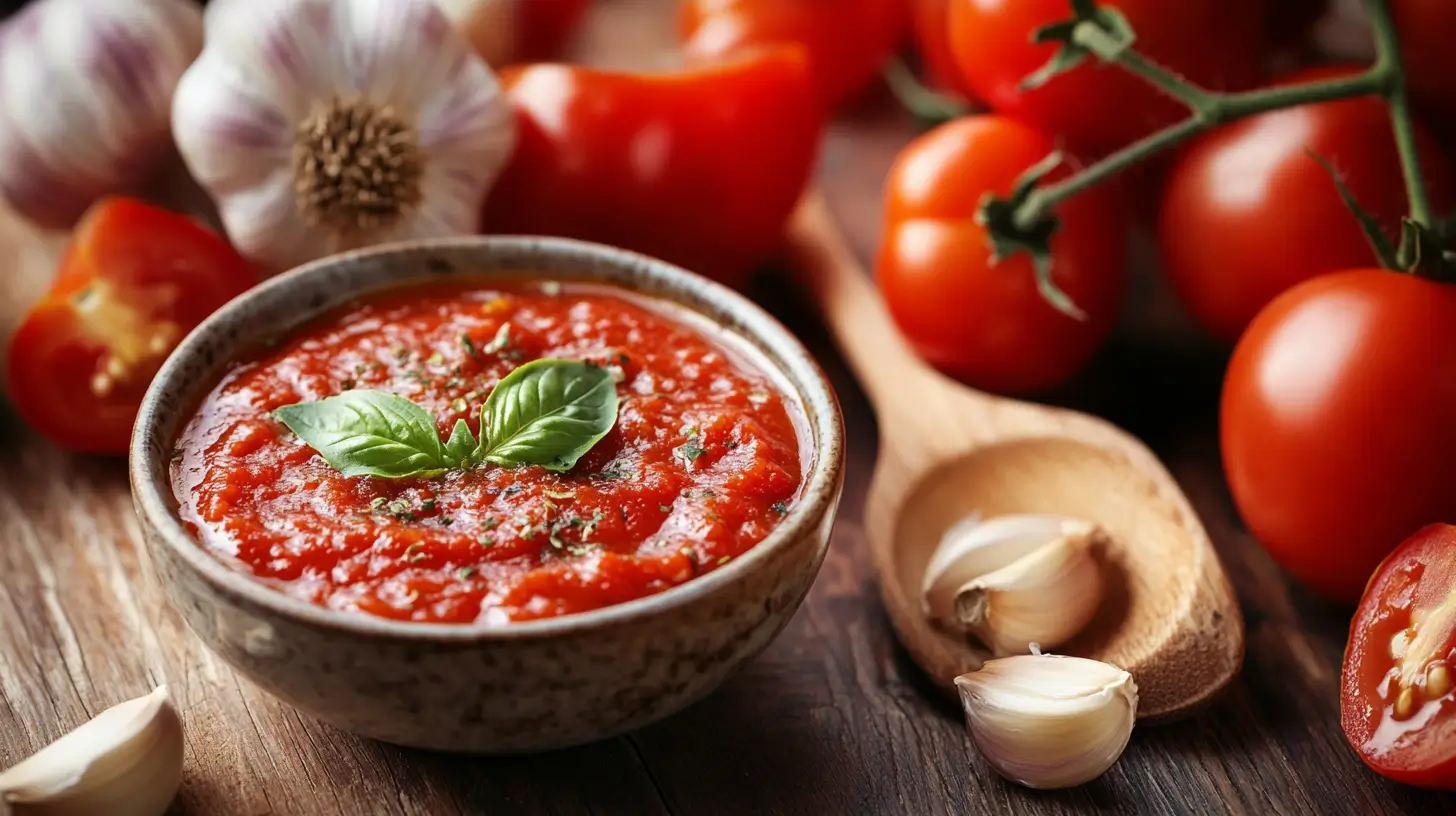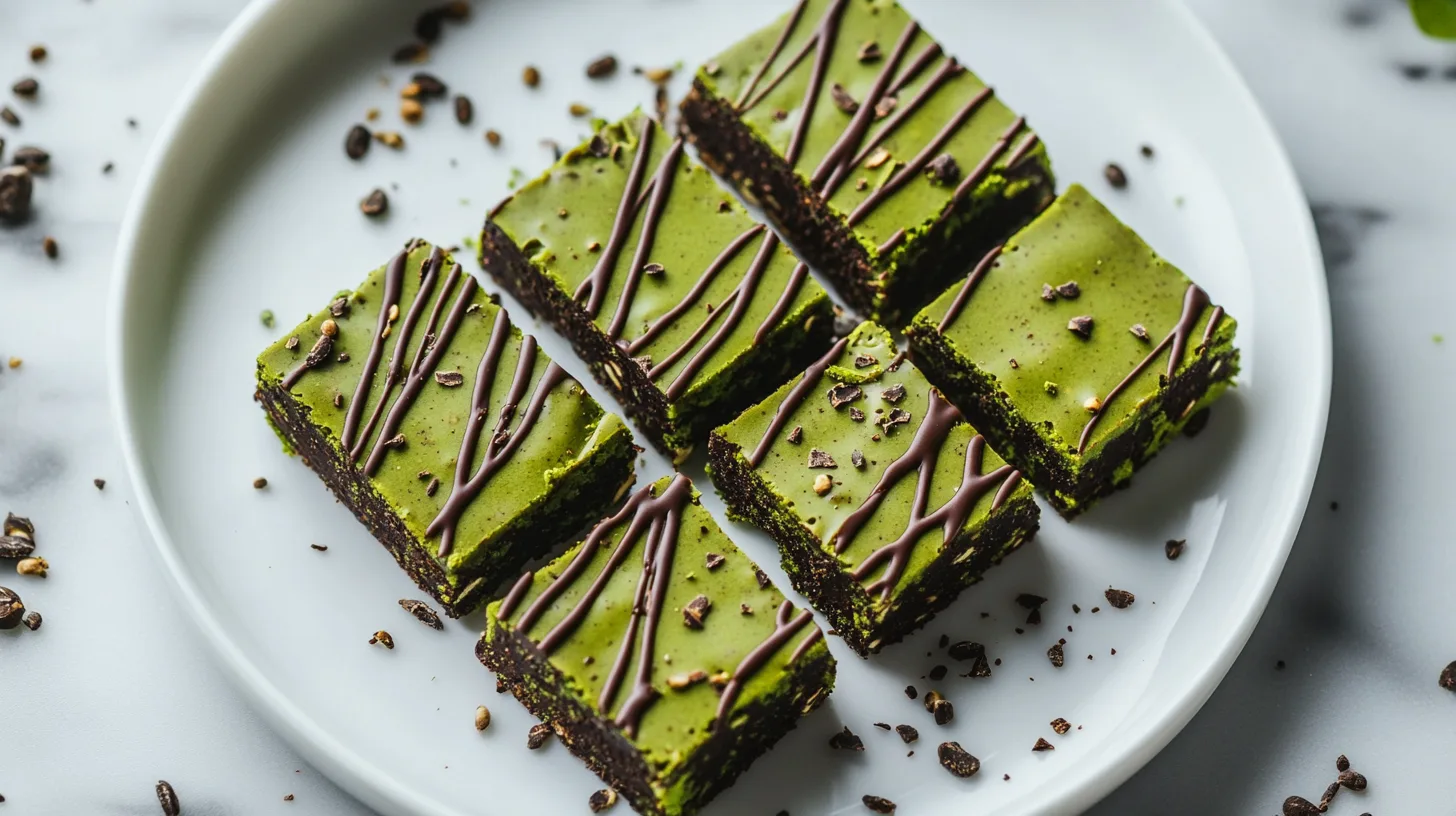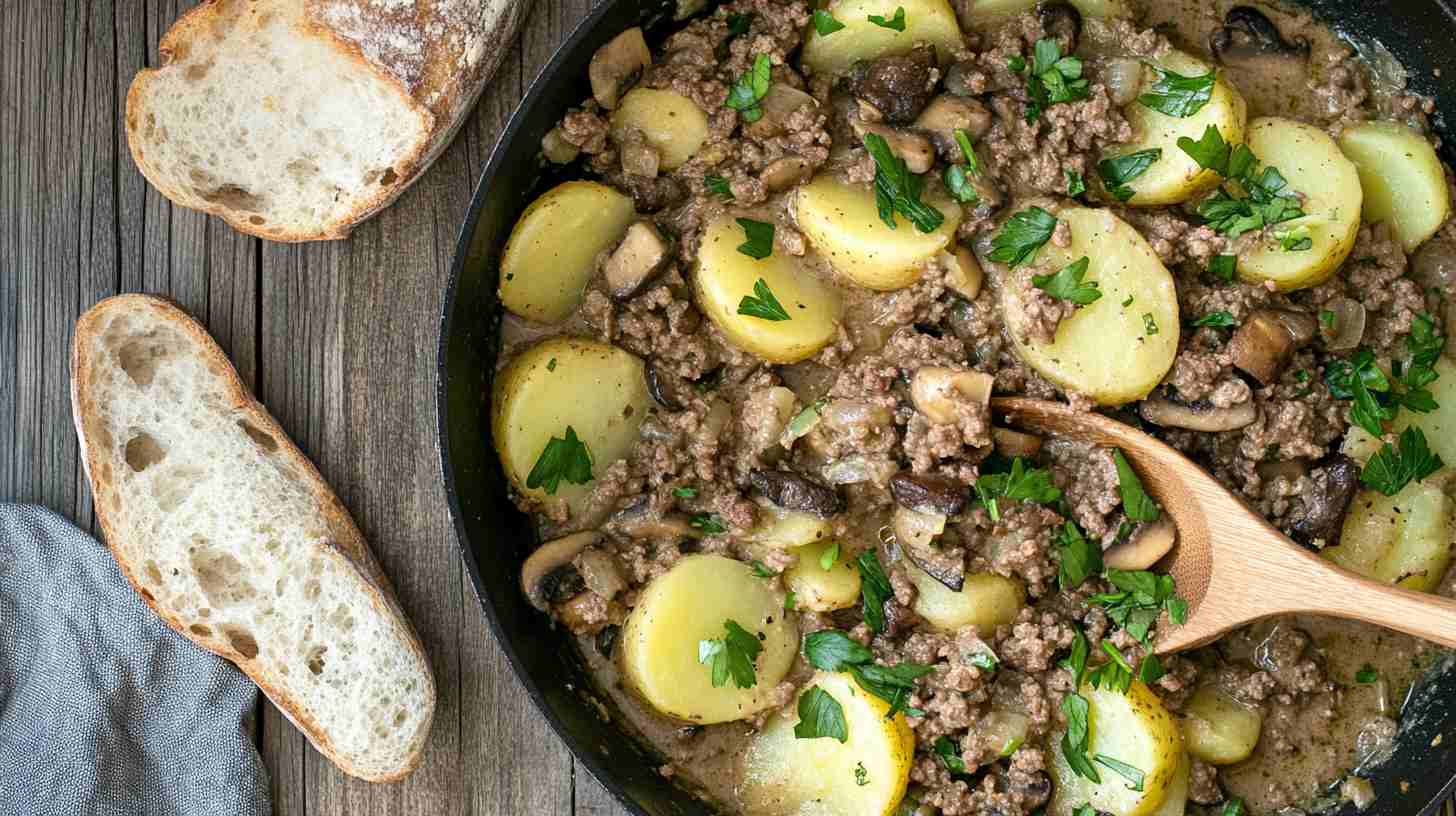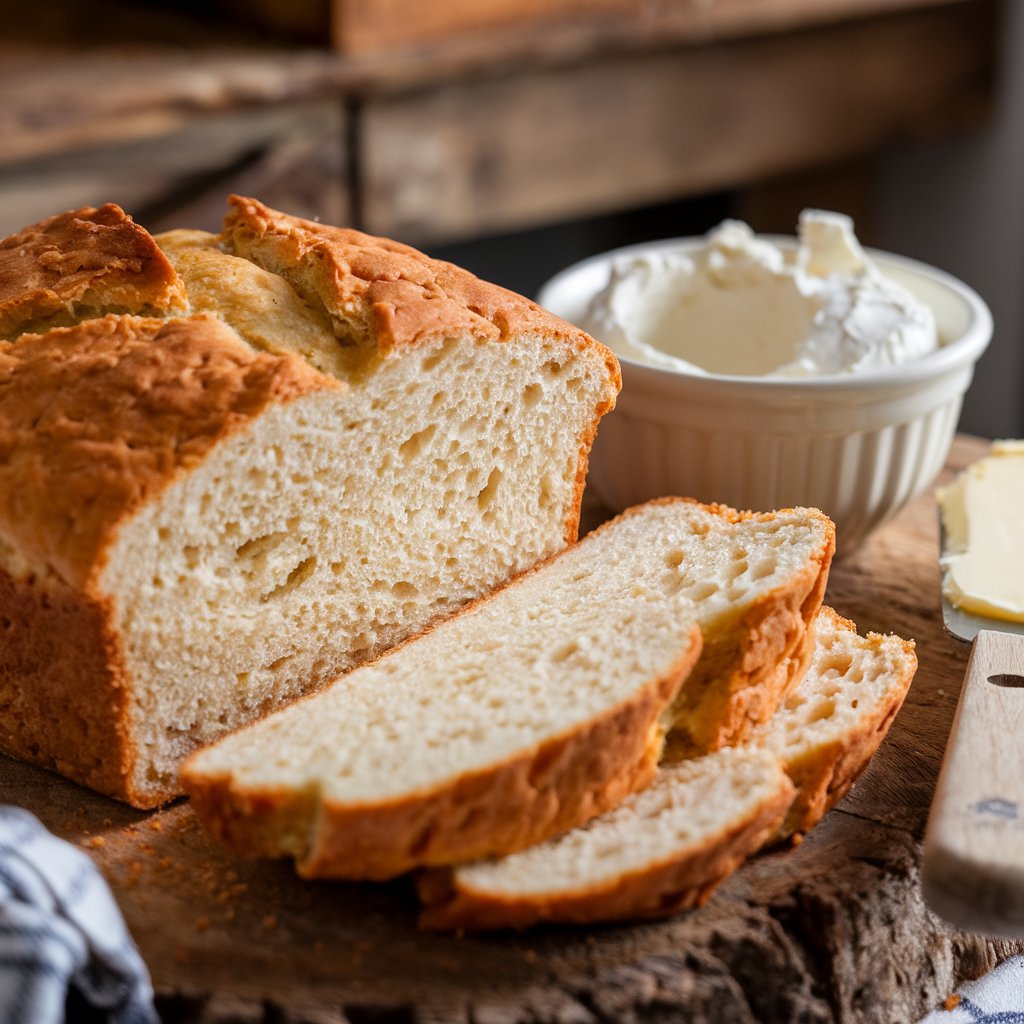Italian cuisine is celebrated worldwide for its bold flavors, comforting recipes, and versatile sauces. Among these, pizza sauce and marinara sauce hold a special place in kitchens everywhere. But have you ever wondered what sets them apart? Why does marinara work wonders on pasta but fall short on pizza? And why is pizza sauce so crucial to the perfect slice?
The answers lie in the ingredients, preparation methods, and intended uses of these two sauces. While both are tomato-based, their differences shape how they enhance dishes. Whether you’re a home cook perfecting your pizza night or a food enthusiast exploring Italian classics, this guide will help you master the nuances of these iconic sauces. Let’s dive in and uncover the flavorful secrets that make pizza sauce and marinara sauce so distinct.
What is Pizza Sauce? Understanding Its Role in Italian Cooking
Pizza sauce is the foundation of every great pizza. Designed to complement the crust, toppings, and cheese, it’s a sauce that stays in the background while letting other ingredients shine.
Key Ingredients:
- Tomato Paste or Puree: A thick base with intense tomato flavor.
- Oregano and Garlic: Essential spices for that classic pizza taste.
- Olive Oil: Adds richness and helps the sauce spread evenly.
Preparation Process:
What makes pizza sauce unique is its simplicity and preparation method. Unlike marinara, pizza sauce is often uncooked. It’s made by blending tomato paste with water, olive oil, and a handful of herbs and spices. This uncooked method allows the sauce to develop its flavor as it bakes on the pizza, mingling with the toppings and crust.
Flavor Profile:
Pizza sauce is bold, tangy, and slightly sweet, with a texture thick enough to stay in place on the dough. Its straightforward flavor enhances the toppings without overwhelming them, making it a perfect partner for classic pizzas like Margherita or pepperoni.
What is Marinara Sauce?
Marinara sauce, on the other hand, is a classic Italian tomato sauce with a rich history. Its origins trace back to Italian sailors who created this quick sauce using basic ingredients. Today, marinara is a staple in pasta dishes, appetizers, and much more.
Key Ingredients:
- Crushed Tomatoes: Provide a chunkier, more rustic texture.
- Garlic and Basil: Essential for a fresh, aromatic flavor.
- Onions and Olive Oil: Add depth and sweetness to the sauce.
Preparation Process:
Unlike pizza sauce, marinara is cooked slowly to develop its flavors. Crushed tomatoes, garlic, onions, and basil are simmered with olive oil, allowing the ingredients to meld into a rich, hearty sauce. This process caramelizes the natural sugars in the tomatoes and deepens the overall taste.
Flavor Profile:
Marinara is herby, tangy, and slightly sweet, with a depth that comes from its slow cooking. Its chunky texture and bold flavor make it a versatile sauce, perfect for pasta dishes, chicken parmesan, and even as a dipping sauce.
Key Differences Between Pizza Sauce and Marinara Sauce
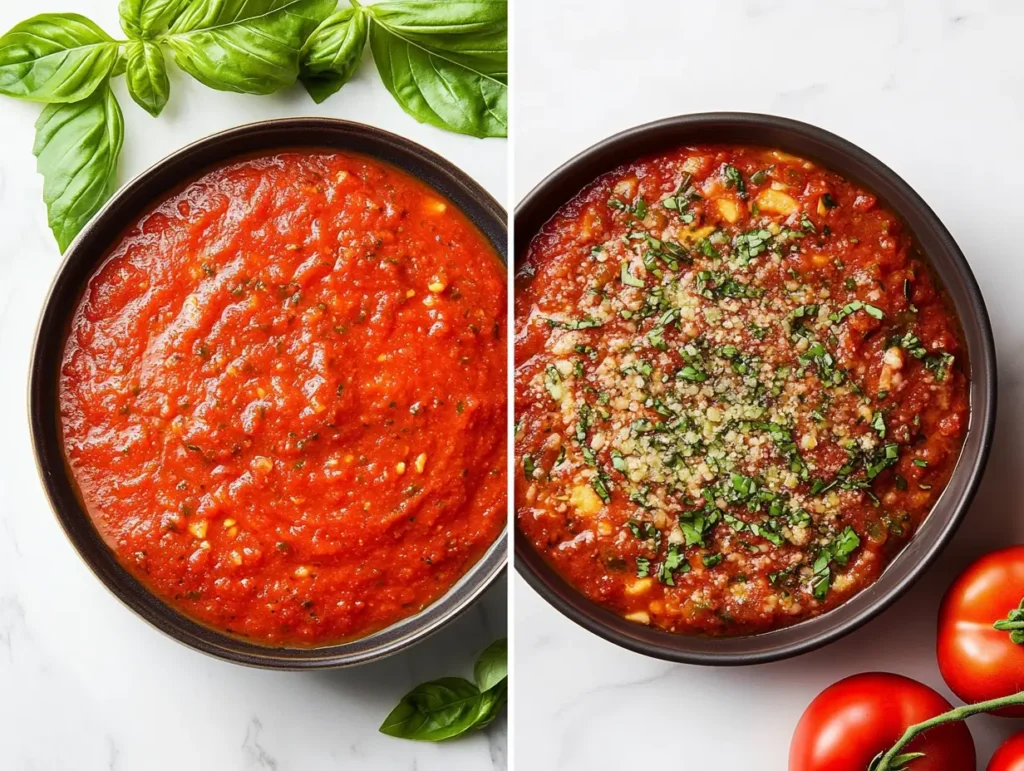
The differences between pizza sauce and marinara sauce go beyond taste—they affect how the sauces perform in recipes:
| Feature | Pizza Sauce | Marinara Sauce |
|---|---|---|
| Preparation | Uncooked, blended | Slow-cooked, simmered |
| Texture | Thick and smooth | Chunky and slightly thinner |
| Flavor Complexity | Simple, tomato-forward | Rich, herby, and layered |
| Usage Context | Specifically for pizza | Multipurpose: pasta, meatballs, etc. |
| Ingredients | Tomato paste, oregano, garlic | Crushed tomatoes, garlic, basil |
Preparation Differences:
Pizza sauce is made quickly and applied raw to the dough. The oven’s heat brings the sauce to life, giving it a fresh tomato flavor. Marinara, on the other hand, undergoes a slow-simmering process, allowing the ingredients to meld into a complex, deeply flavorful sauce.
Texture Variations:
Pizza sauce is thick, ensuring it adheres to the crust and doesn’t make it soggy. Marinara’s chunkier, smoother texture is better suited for pasta and other dishes where the sauce needs to coat ingredients evenly.
Flavor Differences:
Pizza sauce’s straightforward flavor enhances the pizza toppings, while marinara’s herbal notes and depth make it a standalone star in many dishes.
Sauce Consistency and Texture: Pizza Sauce vs. Marinara Sauce
Texture plays a critical role in how these sauces work with their respective dishes.
Pizza Sauce Consistency:
Pizza sauce is thick and smooth, designed to stay in place on the dough without seeping into the crust. This texture ensures that the sauce doesn’t interfere with the crispness of the baked pizza.
Marinara Sauce Texture:
Marinara is chunkier, with visible bits of tomato and herbs. Its slightly thinner consistency allows it to coat pasta evenly or serve as a dipping sauce without being overly heavy.
When making pizza at home, using marinara instead of pizza sauce can lead to a soggy crust because of its higher water content. Conversely, using pizza sauce on pasta may leave the dish feeling too heavy or under-seasoned.
Ingredients Spotlight: Tomato Paste vs. Crushed Tomatoes
The ingredients in each sauce highlight their unique characteristics and intended uses:
1. Tomato Base:
- Pizza sauce relies on tomato paste for its concentrated flavor and thickness.
- Marinara uses crushed tomatoes, giving it a fresh, rustic texture.
2. Herbs and Spices:
- Oregano is the standout herb in pizza sauce, creating a classic pizza aroma.
- Basil dominates in marinara, lending a sweeter, more fragrant note.
3. Additions for Depth:
- Garlic is a key player in both sauces, but marinara often includes onions for added sweetness. Olive oil is also used generously in marinara to enhance its richness.
Cooking Methods for Pizza Sauce and Marinara Sauce
Cooking methods are another significant factor that sets these sauces apart:
Uncooked Pizza Sauce:
Pizza sauce’s uncooked preparation allows its fresh tomato flavor to shine once it’s baked. This method preserves the natural brightness of the tomatoes, making it ideal for pizza’s quick cooking process.
Slow-Simmered Marinara:
Marinara’s simmering process caramelizes the tomatoes and melds the flavors of garlic, onions, and basil. This results in a deep, rich sauce that’s perfect for comforting dishes like spaghetti and meatballs or lasagna.
Internal Links for Further Exploration:
- Learn how sauces pair with homemade bread recipes like cottage cheese bread.
- Find out how marinara sauce can enhance Italian quinoa salad recipes.
Pizza Sauce Uses Beyond Pizza
Pizza sauce, despite its name, isn’t limited to pizza alone. Its bold flavor and thick texture make it an excellent choice for other recipes:
1. Dipping Sauce:
Pair pizza sauce with mozzarella sticks, garlic bread, or breadsticks. Its robust flavor complements cheesy, savory snacks perfectly.
2. Calzones and Stromboli:
Use pizza sauce as a filling or side dip for these pizza-like pastries. Its concentrated flavor ensures that every bite is rich and satisfying.
3. Appetizers and Snacks:
Try spreading pizza sauce on homemade flatbreads or using it as a topping for loaded nachos. You can even drizzle it over baked zucchini rounds for a low-carb snack.
For inspiration on how sauces pair with bread, check out this guide on cottage cheese bread recipes.
Marinara Sauce Applications
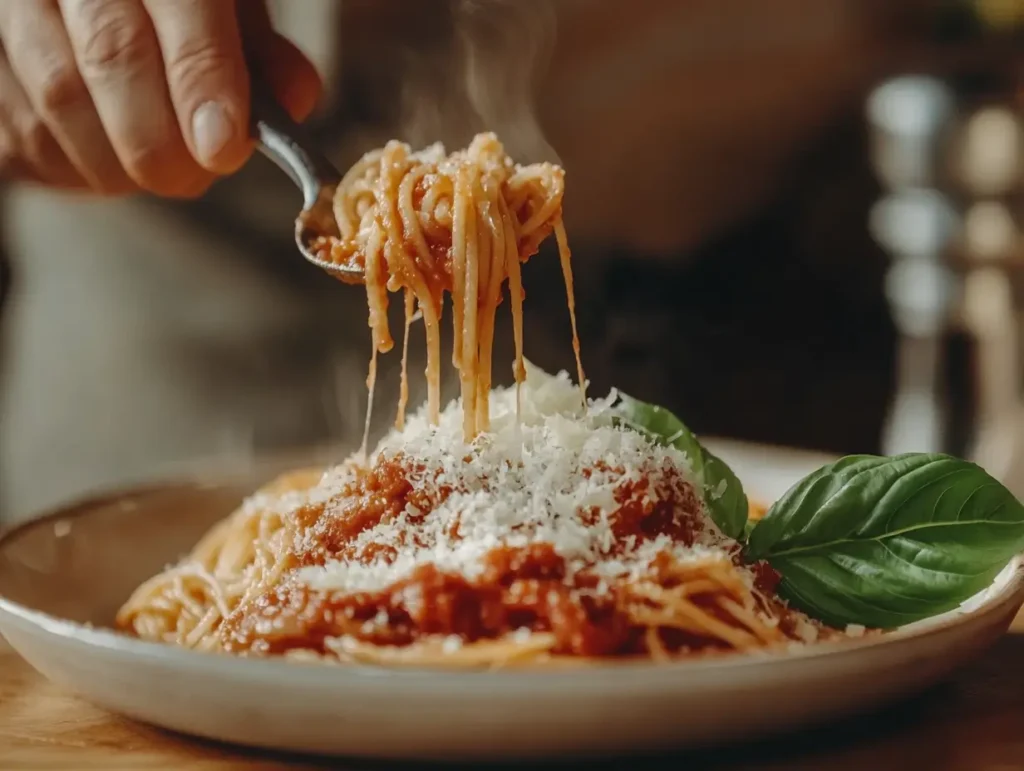
Marinara sauce is the jack-of-all-trades in Italian cooking. Its rich, herby flavor and thinner consistency make it ideal for a variety of dishes:
1. Pasta Dishes:
Marinara is the go-to sauce for classics like spaghetti, penne, or rigatoni. Its light yet flavorful profile complements the pasta’s texture beautifully.
2. Chicken Parmesan:
The rich depth of marinara pairs perfectly with breaded chicken cutlets and melted mozzarella in this Italian-American favorite.
3. Vegetarian Dishes:
Use marinara as a base for ratatouille or a topping for eggplant parmesan. It also enhances the flavors of quinoa-based dishes like Italian quinoa salad.
4. Dips and Appetizers:
Serve marinara alongside fried zucchini, meatballs, or as a dip for cheesy garlic bread.
Can You Substitute Marinara for Pizza Sauce?
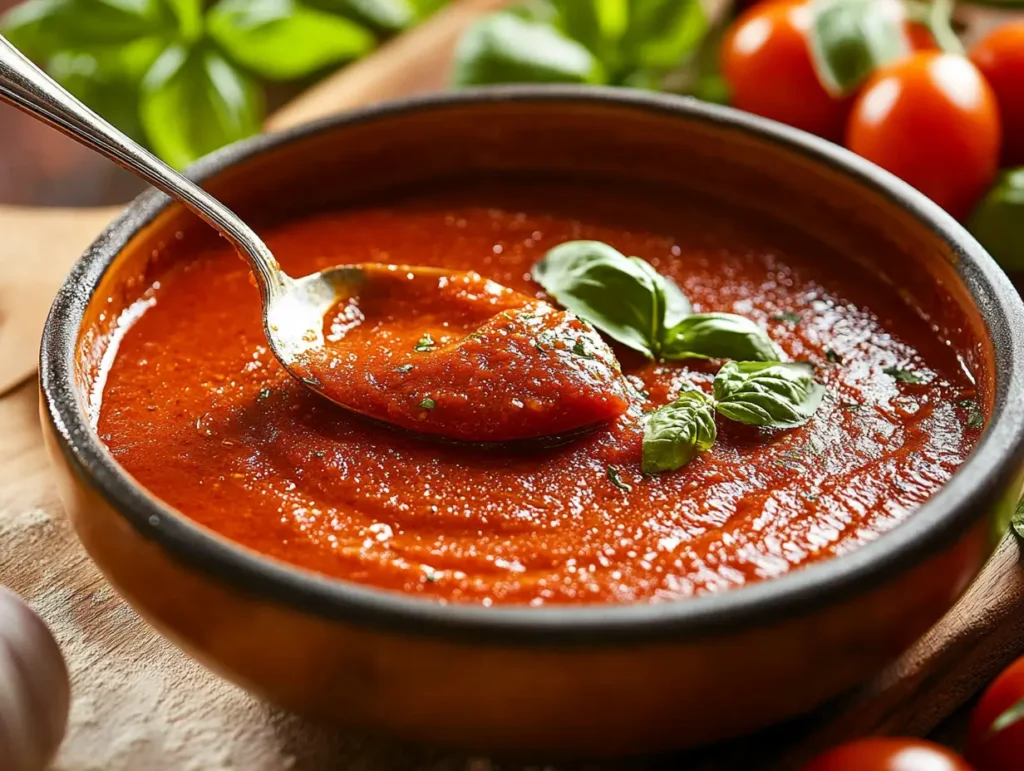
While marinara and pizza sauce share a tomato base, swapping one for the other requires some adjustments.
Viability:
Marinara can work as a pizza sauce in a pinch, but its thinner consistency and herby profile might not give you the desired results. Pizza sauce, with its thicker texture and simpler flavor, is specifically designed for baking.
Adjustments to Make Marinara Pizza-Ready:
- Thicken the Sauce: Simmer marinara longer to reduce its water content. Alternatively, mix in a spoonful of tomato paste.
- Tone Down the Herbs: If the marinara has a strong basil or garlic flavor, balance it with a pinch of sugar or more tomato paste.
- Consider the Toppings: Marinara’s robust flavor might clash with delicate toppings like fresh mozzarella or arugula.
For a detailed recipe on creating the perfect pizza sauce, visit Mark’s Pizza Sauce Recipe.
Flavor Profile Comparison: Bold vs. Herby
When choosing between pizza sauce and marinara, their flavor profiles can guide your decision:
- Pizza Sauce:
- Tangy, slightly sweet, and bold.
- Designed to enhance the pizza toppings without overpowering them.
- Best for baked dishes where fresh, concentrated tomato flavor is key.
- Marinara Sauce:
- Rich, herby, and layered.
- Stands out on its own or as a complement to other ingredients.
- Ideal for pasta, chicken dishes, and vegetarian recipes.
Think of pizza sauce as the quiet hero that lets the pizza toppings shine, while marinara takes center stage with its complex, slow-cooked depth.
Tips for Making the Perfect Sauce at Home
Creating your own pizza sauce or marinara, on the other hand, allows you to fully control the flavors and quality, making it a worthwhile endeavor for any home cook. Not only can you adjust the taste to suit your preferences, but you can also ensure that only fresh, wholesome ingredients are used. Here’s how you can make the most of this opportunity:
1. Choose Quality Tomatoes:
First and foremost, opt for San Marzano or Roma tomatoes for an authentic Italian flavor. These tomatoes are naturally sweet and low in acidity, making them perfect for both pizza sauce and marinara.
2. Customize Your Herbs:
Additionally, you can tailor the herb combinations to achieve the desired flavor profile. For a classic pizza sauce, stick to oregano and garlic for their bold, distinct taste. Meanwhile, marinara benefits from the addition of basil and onions, which create a sweeter, more fragrant sauce.
3. Adjust the Consistency:
Furthermore, achieving the right consistency is essential for your sauce’s success. For pizza sauce, blend tomato paste with a small amount of water until it’s thick but still spreadable. Conversely, marinara should be simmered with crushed tomatoes until it reaches a chunky yet pourable texture.
4. Experiment with Flavors:
Finally, don’t hesitate to experiment. For example, if you prefer a sweeter sauce, you can add a pinch of sugar. Alternatively, a splash of red wine in marinara can bring added depth and complexity.
By taking the time to craft your own sauces, not only will you elevate your dishes, but you’ll also gain a deeper appreciation for the role sauces play in Italian cooking.
Store-Bought vs. Homemade Sauces
When time is short, store-bought sauces can be a lifesaver. However, there are trade-offs to consider:
Store-Bought Options:
- Pros: Convenient and long-lasting.
- Cons: Often contain added sugars, preservatives, and artificial flavors.
Homemade Sauces:
- Pros: Fresh, customizable, and free from additives.
- Cons: Require more time and effort to prepare.
Pairing Sauces with Italian Dishes
Matching the right sauce with the right dish is essential for a cohesive meal:
- Pizza Sauce: Perfect for pizzas, calzones, and as a dip for mozzarella sticks.
- Marinara Sauce: Ideal for pasta, chicken parmesan, and vegetarian dishes like ratatouille.
When planning meals, consider how the sauce interacts with the dish’s other components. Marinara’s herbaceous notes complement hearty, rich recipes, while pizza sauce’s simplicity enhances baked and breaded dishes.
For more pairing ideas, check out this guide to complementary sauces for quinoa salads.
Conclusion: Picking the Right Sauce for Your Recipe
Pizza sauce and marinara sauce, while similar, serve distinct roles in the kitchen. Pizza sauce’s thick, bold flavor is tailor-made for baking, while marinara’s rich, herby profile excels in pasta dishes and beyond. Understanding these differences empowers you to elevate your cooking and choose the right sauce for every meal.
Experiment with both and discover how these sauces can transform your recipes. Whether you’re making a classic Margherita pizza or a comforting plate of spaghetti, the right sauce is the key to unforgettable flavor.
FAQs
Can I substitute pizza sauce for marinara?
Yes, you can substitute pizza sauce for marinara in some recipes, but with a few adjustments. Since pizza sauce is thicker and less herby than marinara, you may need to thin it with water or broth and add extra seasonings like basil or garlic to mimic marinara’s flavor profile.
Is pizza sauce and marinara sauce the same?
No, pizza sauce and marinara sauce are not the same, even though both are tomato-based. Pizza sauce is uncooked, thicker, and simpler, designed to bake on pizza dough and complement toppings without overpowering them.
Can pizza sauce be used for spaghetti?
Yes, pizza sauce can be used for spaghetti, but it may require some modifications. Since pizza sauce is thicker and less seasoned, you can thin it with pasta water or a splash of olive oil and add herbs like basil, oregano, or parsley to balance the flavors.
Which sauce is best for pizza?
The best sauce for pizza is a well-made pizza sauce. Its thick, uncooked consistency and balanced flavors are designed specifically to enhance pizza toppings and bake perfectly in the oven.

